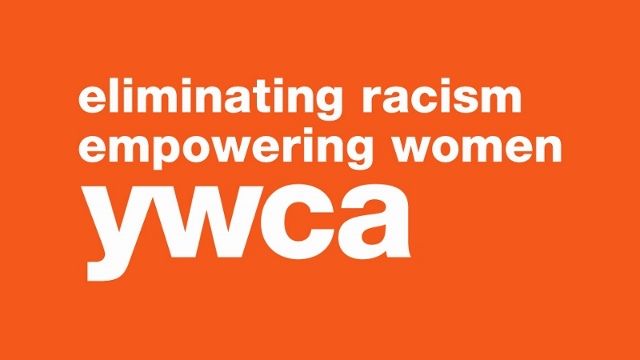History of The Battered Women's Movement
Sydney Hyer
DCADV Intern, Student at University of Delaware '21
The history of the Battered Women's Movement is somewhat unofficial. For decades we have fought for protections, often encompassed within other movements. However, it is important to see the connections between each of these struggles. Throughout history, women have been seen as weaker than men. This weakness was reinforced and sanctioned by society through institutional oppressions that keep women in a subordinate position. It is important to know this history so that the movement can be informed as we move forward and to honor those who fought before.
The origins of The Battered Women's Movement is in the early twentieth century. Up to this point, men were allowed legally allowed to beat their wives. Even the Supreme Court had argued against forms of protection for wives, claiming it would lead to false accusations. The movement was able to gain support at the same time as the American Temperance Movement. Alcohol and intoxication contributed to violence against women. Suffragettes like Elizabeth Cady Stanton favored temperance and thought it would reduce incidences of violence. The movement was also able to gain momentum when the government realized addressing violence against women would appease female citizens, without giving them the right to vote.
The first step in the movement would be protecting these women within their own marriages. Alabama and Massachusetts were the first states to criminalize assaults by husbands against their wives in 1871, followed by North Carolina in 1874. Maryland even included legal consequences against offenders. Around this time New York also started hearing marital rape cases in Family Court. By the end of WWI, it had been outlawed across the country.
The main efforts of the movement would be revamped in the 1970s. This was spurred by an organized protest of women in Chiswick, England that inspired a national movement. Within the United States, this was focused on an effort to create domestic violence shelters and housing solutions. Advocates knew one of the most important factors in escaping violence was safe shelter. Before official shelters were opened, advocates were documented as taking survivors into their own homes. The first shelter was opened in 1974 and by the end of the 1970s, there were at least 250 shelters across the country. Other milestones in The Battered Women's Movement are trauma-informed approaches to solving problems. In 1977, a Boston Hospital created a holistic trauma response for identifying and treating victims. In 1980, there was also the formation of Domestic Abuse Intervention Programs. One of the most popular is known as The Duluth Model, a Coordinated Community Response (CCR) with guidelines for various kinds of agencies. This is where the awareness tool, the Power and Control Wheel, was developed. By 1986, over 50% of states passed laws making it easier to receive civil protections for victims.
A landmark development occurred in 1994. Co-sponsored by President Joe Biden and Senator Orrin Hatch, The Violence Against Women Act simultaneously committed funding towards domestic violence prevention groups and advocates, making it easier for victims to seek protection, and raising awareness of The Battered Women's Movement. This act was renewed in 2000, 2005, and 2013 increasing protections and services. President Joe Biden has emphasized the importance of this piece of legislation. He has stated on numerous occasions that VAWA is one of the things he is "most proud" of.
The Battered Women's Movement is facing an important moment. Efforts in the last 15 years have been more focused on intersectional issues and the multiple ways in which women can face oppression in their lives. This includes but is not limited to the efforts of INCITE!, BIPWOC, the LGBTQIA+ community, those with disabilities, addiction, or other disenfranchised women facing violence.
We need to take The History of the Battered Women's Movement and use it to mobilize us in the future. By seeing how we have acted in the past, it can inform our actions today.
Resources
https://breakthesilencedv.org/history-of-the-battered-womens-movement/?cnreloaded=1
https://vawnet.org/sites/default/files/assets/files/2016-10/Overview
http://citeseerx.ist.psu.edu/viewdoc/download?doi=10.1.1.208.6955&rep=rep1&type=pdf
http://saintmarthas.org/resources/history-of-battered-womens-movement/
https://what-when-how.com/interpersonal-violence/battered-womens-movement/




